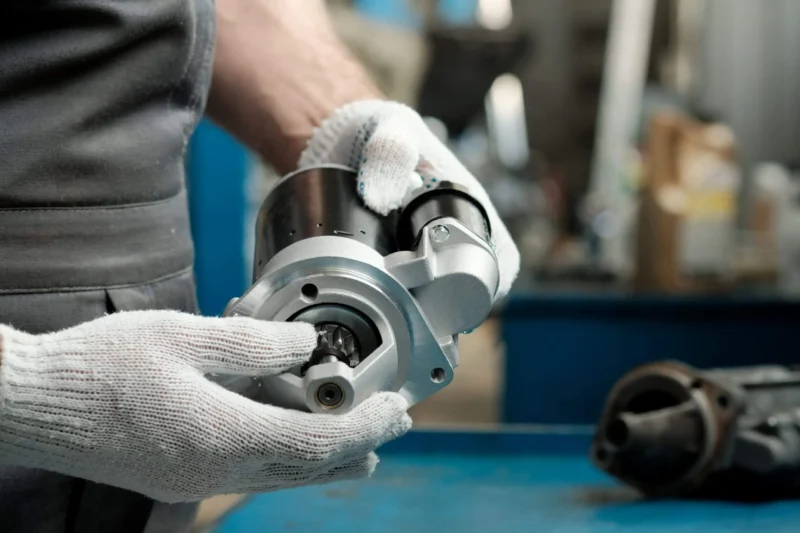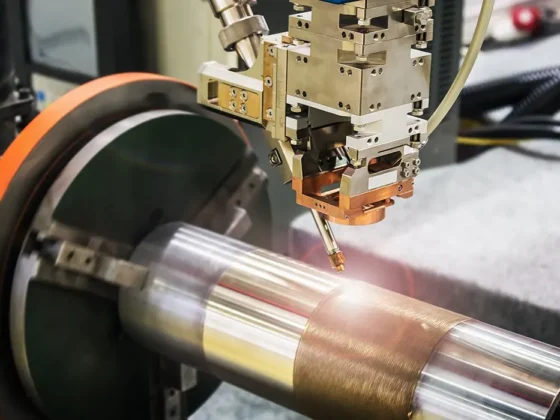The starter motor is one of the most essential components in a car. Without it, your vehicle won’t be able to start up and get going.
But how does it work? Understanding the mechanics of a starter motor can help you diagnose any potential issues with your ride-starting system, or even give you an idea of what to look for when purchasing a new one. In this article, we’ll take an in-depth look at the inner workings of a starter motor and provide useful information on how to maintain its performance over time.
Overview of a Starter Motor
The starter motor is a critical component of an automobile’s engine, responsible for initiating the process of combustion that powers the car. The starter motor is typically located in front of or behind the engine alongside other key parts such as the alternator and water pump.
It consists of three main components: a solenoid, armature tower, and brushes. A solenoid is an electromagnet that converts electrical energy into mechanical motion when energized by a battery-powered circuit.
This mechanism engages the flywheel ring gear, transferring rotary motion from it to power up the engine cylinders so that they can begin compressing the air/fuel mixture and ignite them with spark plugs. An armature tower houses permanent magnets set in place on one side and rotating coils on another side within its cylindrical enclosure; this generates a magnetic field when electricity flows through its internal copper wiring due to contact between metal brushes attached to its outer rim surface touching commutator segments inside during rotation movement caused by cranking up the ignition switch key.
In summary, understanding how a starter motor works requires knowledge about electric circuits as well as mechanics related to gears and motors used in automobiles today – all coming together to make sure your vehicle starts reliably every time you turn on your ignition switch!
Components of the Starter Motor

The starter motor is a key component of any vehicle. It is responsible for engaging the engine, allowing it to start up and run smoothly.
Several components make up the starter motor, including an armature, a solenoid, brushes, and a mounting plate. The armature is the main part of the starter motor which consists of copper wire wound around an iron core.
This helps to create strong magnetic fields when electricity passes through it. The solenoid acts as a switch in the circuit; when energized by a current from the battery it will close or open depending on its position about other components within the system.
Brushes provide electrical contact between different parts of the starter motor and transfer power from one area to another while also providing insulation against electric shocks or sparks. Finally, there is often a metal mounting plate that provides support for all these components while they are attached inside your vehicle’s engine bay.
Understanding each component’s role in working together is essential for understanding how your car’s starting system works properly and reliably with every startup attempt!
Common Problems with a Starter Motor
Common Problems with a Starter Motor can include issues such as the starter not engaging, difficulty turning over the engine, or an increased noise when attempting to start. These problems may be caused by worn parts in the motor such as faulty solenoid switches, failed brushes, or bent armature shafts.
In some cases, the problem may stem from low voltage due to corroded connections or a weak battery. Issues with wiring and components in the ignition key switch also contribute to starter motor failure and should be checked for proper operation before replacing any of its internal components.
It is important to troubleshoot each potential issue before determining what part needs to be replaced to avoid making unnecessary repairs and save time and money on labor costs. Understanding how each component works together helps diagnose common problems with a starter motor more quickly and accurately so that it can be repaired properly.
Conclusion

A starter motor is an essential component of a vehicle, as it helps to start the engine and initiate its running. It works by converting electrical energy into mechanical energy, which then powers up the ignition system that starts the car’s engine.
Understanding how these components work can help diagnose any problems with your vehicle’s starter motor. With a better understanding of its mechanics, you will have more confidence when troubleshooting or replacing parts associated with this critical part of your car.


